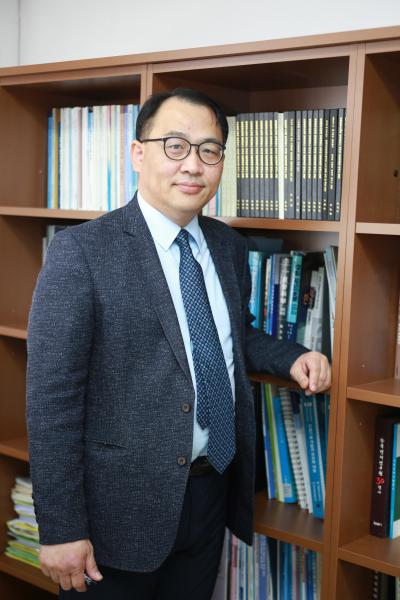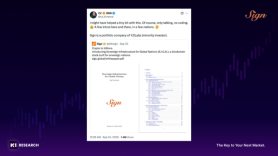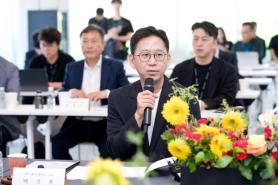
SEOUL, October 22 (AJP) - South Korea’s once-celebrated expressways and bridges are showing their age. A new analysis by Rep. Bok Ki-wang of the Democratic Party found that more than 26,000 potholes have appeared on highways across the country over the past five years, with most concentrated on older routes long overdue for repair.
The Yeongdong Expressway, one of the nation’s busiest arteries linking Seoul and Gangwon Province, accounted for 27 percent of the total, followed by the Jungbu Line, the Seoul Ring Expressway, and the Gyeongbu Line. Roughly 85 percent of all reported potholes formed on roads more than two decades old.
In one recent incident, a pothole that opened on the Seoul Ring Expressway near Namyangju in October damaged 23 vehicles and injured two people — a reminder that road wear is not merely an inconvenience but a growing safety risk. In Seoul, the Olympic Highway and Gangbyeonbuk-ro — both built in the mid-1980s — have recorded nearly 18,000 potholes in the past three years alone.
While heavy rainfall and extreme temperature swings contribute to the problem, experts say the main culprit is simply age. As the country’s infrastructure matures, accidents linked to deteriorating roads are expected to increase.
The problem extends well beyond highways. By 2033, roughly a quarter of South Korea’s tunnels on key expressways, including the Gyeongbu Line, will be more than 30 years old — up from just 6 percent today. Nearly 30 percent of port facilities have already surpassed that threshold, as have more than a quarter of the nation’s railway bridges and tunnels. According to the Ministry of Land, Infrastructure and Transport, 46 percent of public facilities in use as of 2024 were built more than 20 years ago.
Yet the government’s maintenance budget remains modest — just over 20 percent of total infrastructure spending — raising concerns that upkeep is lagging far behind the pace of deterioration.
A national safety plan introduced in 2019 sought to address the issue, but analysts say public awareness and investment remain insufficient. Although maintenance budgets were expanded in 2025 and 2026, officials and experts argue that longer-term commitments and clearer funding mechanisms are essential.
Rep. Bok and other lawmakers have called for greater private-sector participation to supplement limited government resources. Models such as “build-operate-transfer” partnerships, in which companies finance and manage projects before handing them over to the government, could help ease fiscal pressure and accelerate repairs.
Legal and institutional reforms are also seen as vital. Stronger coordination between central and local governments, along with clearer legal frameworks for preventive maintenance, would allow more efficient management of aging assets.
Technology, too, could play a critical role. Expanding the use of artificial intelligence and big data in inspections and remote monitoring — areas where Japan has already made significant progress — could help detect risks earlier and allocate repair funds more effectively. Improved data-sharing among agencies, experts say, is key to building public trust and awareness.
The urgency is clear. A 2024 Social Survey found that only 35 percent of South Koreans feel safe regarding the condition of public buildings and facilities. Without sustained investment and proactive oversight, the costs — both financial and human — could grow far higher in the years ahead.
* This article, published by Aju Business Daily, was translated by AI and edited by AJP.
Copyright ⓒ Aju Press All rights reserved.



